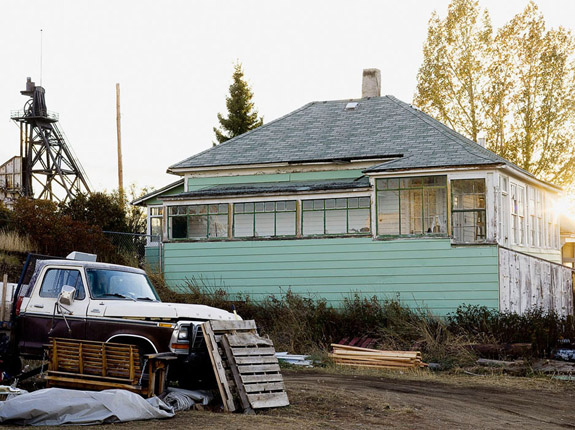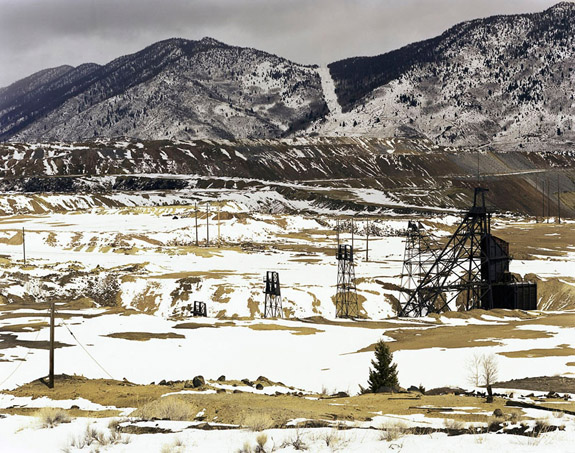
Once known as “The Richest Hill on Earth,” Butte is not your typical mining town. At the end of the 19th century, Butte mines were the largest producers of copper in the world, with the dominant share of copper wire used to electrify the United States coming from this one mountainside.
Butte’s colorful and controversial history includes the murder of union activist Frank Little, the establishment of one of the first successful mine unions in the nation, the bulldozing of worker neighborhoods by the Anaconda Mining Company in the 1950’s, and the eventual abandonment of the copper mines in 1974, leaving behind the largest superfund site in the United States.
Butte is struggling to redefine itself as a place of interest, based largely on its epic history, as much as it is to its current status as the epitome of man-made ecological devastation. In conjunction with Anaconda, Butte and its surrounds constitute the largest historic preservation district in the nation, with over 6000 properties. How does a community of 30,000 people cope with this legacy and define for itself a plan for future sustainability? By focusing on Butte’s landscapes, vernacular architecture and portraits of local residents, I hope to inspire viewers to consider how the impacts of a community’s past shape its present state of cultural, economic and ecological health.
Ian van Coller, Bozeman, Montana, USA
